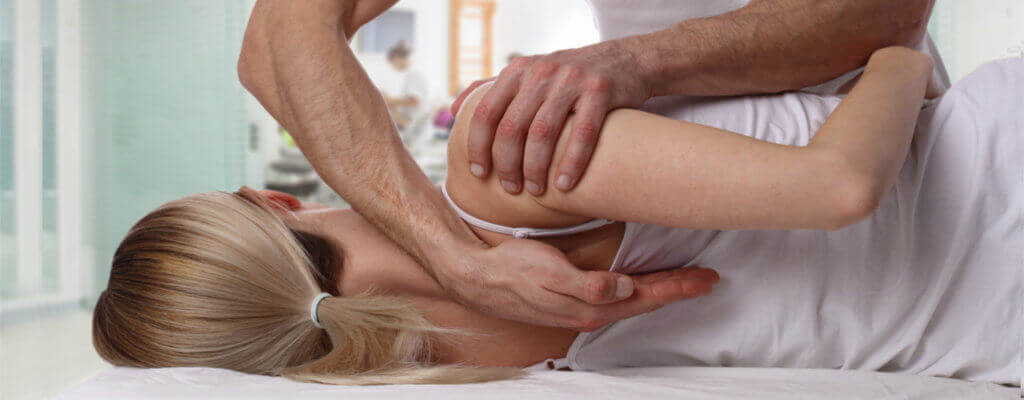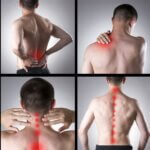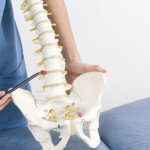Do you have frustrating problems like muscle pain or restricted movements? These are common problems for many people today — and there’s great news: manual physical therapy can help in a totally non-invasive way. Many patients who have tried to cope with their pain and motion problems through medication end up feeling frustrated. Medication can only make you feel better briefly — and it may trick your brain into making unsafe motions if you have an injury. Manual physical therapy helps you heal instead of covering up symptoms.
What is Manual Physical Therapy?
Manual physical therapy is an approach that may be used by your physical therapist. It’s also known as hands-on therapy because your physical therapist will use gentle hand movements to make corrections. Hands-on therapy can include:
- Muscle manipulation
- Joint manipulation
- Muscle kneading
- Joint mobilization
The goal of manual therapy is to help you in several ways. You’ll enjoy an improved range of motion, less pain, less inflammation, and more efficient healing after an injury or symptom flare. Manual physical therapy includes a number of different techniques and approaches. Your physical therapist will customize a manual therapy plan that works for you and your problems.
The Types of Manual Therapy
There are several types of manual therapy. Your physical therapist will evaluate your movement and pain issues to determine the optimal treatment approach.
Joint Mobilization
Therapeutic massage is often very helpful, especially when combined with rest. However, the pain will typically come back because the origin of the issue must be addressed for lasting results. Problems like pain and muscle spasms happen because you have a restricted joint. Your physical therapist can use joint mobilization techniques to loosen the joint gradually and painlessly. When the joint is healed, your pain and movement issues are healed as well.
Soft Tissue Mobilization
In soft tissue mobilization, your manual physical therapist will remove the adhesions, the fibrous tissue that is causing pain and interfering with free movement. To eliminate the adhesions and free your muscles, your physical therapist has to break the adhesions apart into small pieces. This can include specific hands-on pressure, stretching routines. One of the most common soft tissue mobilization techniques is the Graston Technique. It can help with post-surgical problems, sports injuries, and chronic pain.
Strain Counterstrain Technique
In the strain counterstrain technique, your physical therapist helps you move a restricted joint to its limit and then carefully moving it further in a highly controlled and safe way. The main goal is to return your joint to its normal range of motion. Strain counterstrain isn’t painful, and it’s a very powerful technique for recovery after an injury or illness. It’s highly effective for back problems and for other pain causing conditions.
Muscle Energy Techniques
Muscle energy techniques can help with muscles that have shrunk, and it’s also helpful for restricted joints. In this type of manual therapy, your physical therapist will have you push against a counterforce controlled by them. This helps lengthen the damaged muscles and also makes your joints learn new motion barriers. Muscle energy technique isn’t painful, and it’s expertly controlled by your physical therapist the entire time.
How Manual Therapy in Physical Therapy Helps
Manual therapy can be one of the most effective healing tools possible if you’re dealing with a sudden injury, chronic pain, or even post-surgical issues. To create the optimal manual physical therapy program for you, your physical therapist has to first perform a complete assessment. This includes a measure of your muscle, bone, and blood supply. Once your physical therapist is fully aware of the origin and extent of your condition, they’ll discuss a course of treatment with you.
All manual therapy focuses on improving your physical well being while you’re hurting. In addition to removing joint and muscle restriction problems, manual therapy also reduces pain and even improves your blood flow. These are benefits you’ll have both now and moving forward.
Contact our team of experienced physical therapists to plan your manual physical therapy recovery plan today. Or visit us at Rutherford center.






